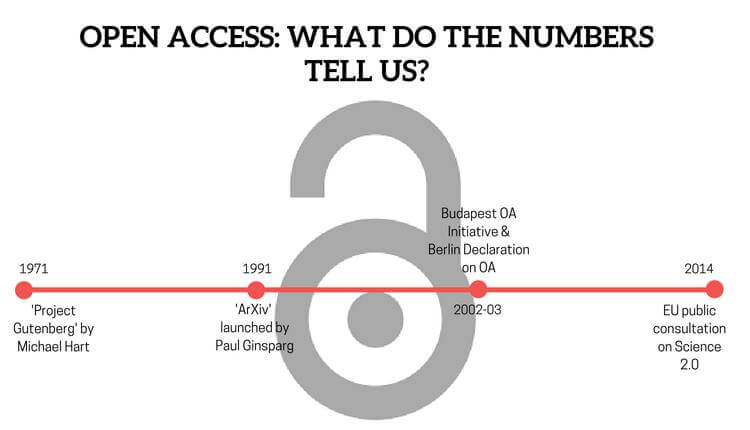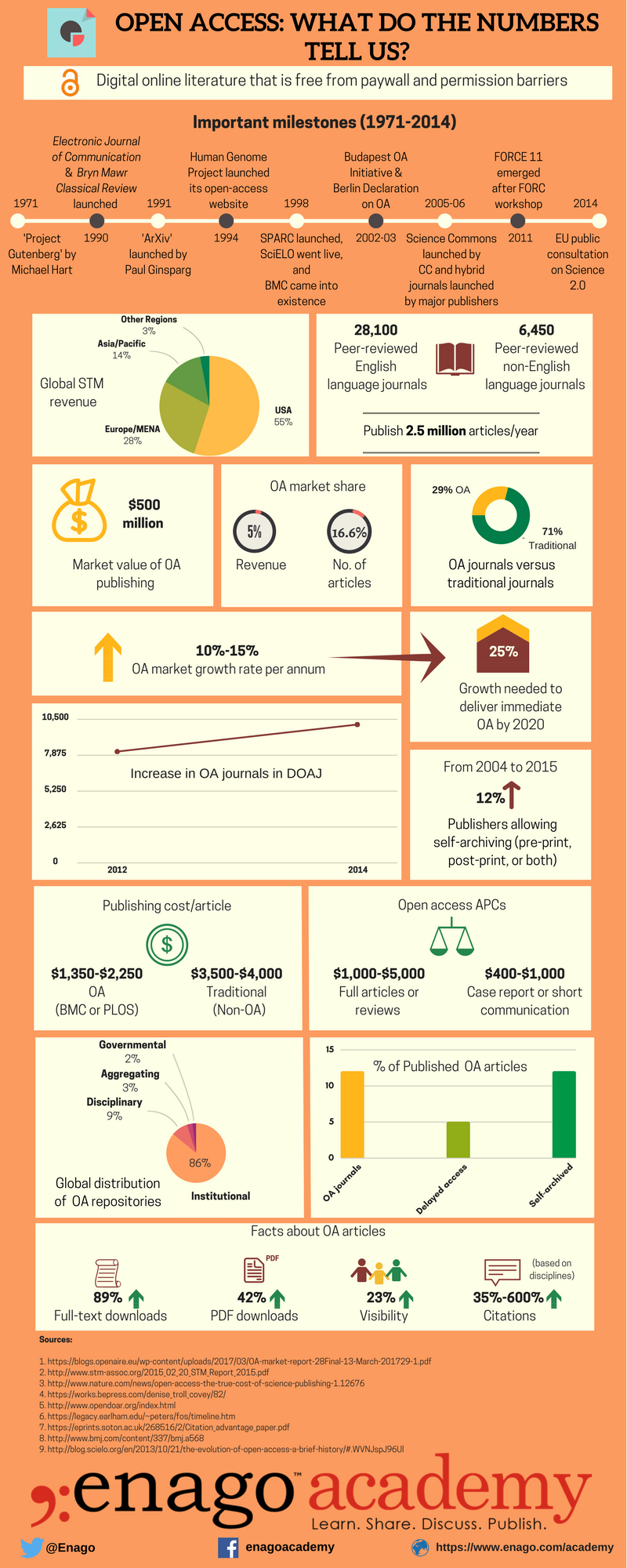Open Access: What Do The Numbers Tell Us?

To promote scientific research, it is important that exchange of information and ideas is encouraged at all levels. Since the 1970s, the open access (OA) movement has supported and attempted to develop publishing models that would enable easy dissemination of information. OA publishing not only increases the visibility and impact of research but also facilitates quicker dissemination of knowledge to the academic community.
With the advent of the internet and emergence of digital archiving, access to information has significantly increased. A major milestone in making information publicly and freely available was the Human Genome Project. In early 2000, important events such as Budapest OA Initiative and Berlin Declaration acted as enablers to the OA movement. However, the growth of OA publishing is fraught with multiple challenges and different measures are required to ensure sustainable growth.
Recently, there have been concerns with respect to variable APCs, predatory journals, as well as the quality and reputation of OA journals, all of which directly affect any researcher’s decision to choose between OA and traditional journals. Therefore, roadblocks that limit the benefits of OA publishing for authors and publishers need to be removed; moreover, transparency, policy compliance, and improvement in the current publication models need to be addressed by the academic community in the coming years.
In this infographic, we discuss the evolution of the OA movement from 1970 to 2014, the contribution of OA to academic publishing and the impact OA publishing has had in improving the visibility of research.










